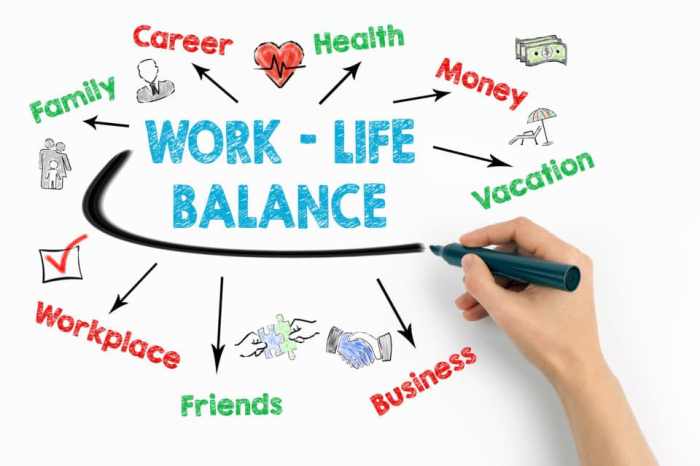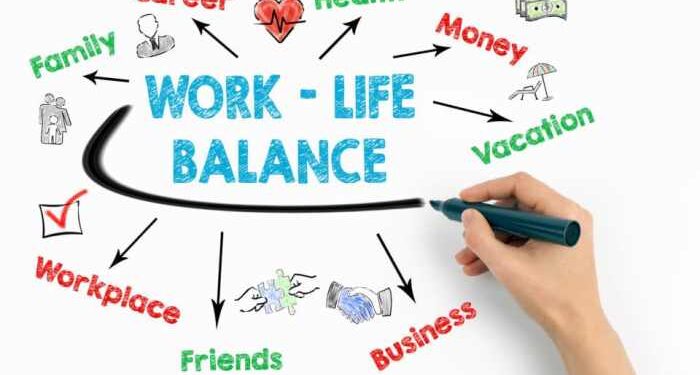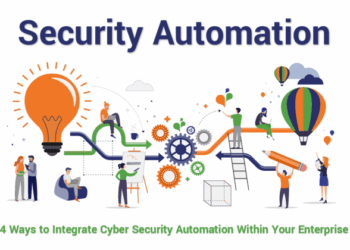Embark on a journey through the intricate world of Work-life balance in IT career. Discover the challenges, strategies, and impacts that shape the delicate balance between professional responsibilities and personal well-being.
Delve deeper into the realm of technology and mental health considerations that play a pivotal role in maintaining equilibrium in the fast-paced IT industry.
Challenges of maintaining work-life balance in IT career
Maintaining a healthy work-life balance is crucial for overall well-being, but it can be particularly challenging in the fast-paced and demanding field of IT. Let's delve into some common challenges faced by IT professionals when trying to balance work and personal life.
Long Working Hours Impact
One of the major challenges in the IT industry is the culture of long working hours. IT projects often have tight deadlines, leading to employees working late nights and weekends to meet deliverables. This not only results in physical and mental exhaustion but also leaves little time for personal activities or relationships.
Remote Work Dynamics
With the rise of remote work in the IT sector, the lines between work and personal life have become even more blurred. While remote work offers flexibility, it also means that employees may find it challenging to disconnect from work, leading to burnout and decreased productivity.
Additionally, the lack of physical boundaries between work and home can make it difficult to establish a routine and separate work time from personal time.
Strategies for achieving work-life balance in IT career
Setting boundaries between work and personal life is crucial in maintaining a healthy work-life balance in an IT career. By clearly defining when work stops and personal time begins, professionals can prevent burnout and ensure they have time for relaxation and personal activities.
Importance of setting boundaries
Setting boundaries helps IT professionals create a clear separation between work and personal life, reducing stress and preventing work from spilling over into personal time. By establishing limits on work hours, responding to emails, and taking work calls only during designated times, individuals can maintain a better balance and prioritize their well-being.
Time management techniques for IT professionals
- Use time blocking: Allocate specific time slots for work tasks, personal activities, and breaks throughout the day to stay organized and focused.
- Prioritize tasks: Identify the most critical tasks and focus on completing them first to avoid feeling overwhelmed and ensure productivity.
- Avoid multitasking: Concentrate on one task at a time to improve efficiency and reduce the risk of errors.
- Utilize technology tools: Employ project management software, task lists, and calendar apps to streamline workflows and stay on track with deadlines.
Benefits of taking breaks and vacations
Regular breaks and vacations are essential for IT professionals to recharge and avoid burnout. By stepping away from work, individuals can relax, rejuvenate, and return with a fresh perspective and renewed energy. Vacations offer the opportunity to disconnect from work entirely, unwind, and spend quality time with loved ones, contributing to overall well-being and job satisfaction.
Impact of technology on work-life balance in IT career

Technology plays a significant role in shaping work-life balance for professionals in the IT industry. From constant connectivity to the rise of automation and AI, these advancements have both positive and negative effects on how IT professionals manage their time and well-being.
Constant connectivity and its effects
Being constantly connected through emails, messages, and virtual meetings can blur the lines between work and personal life. This can lead to burnout, stress, and a feeling of being 'always on' for IT professionals.
Role of automation and AI in reducing workload
Automation and AI technologies have the potential to streamline tasks, reduce manual workload, and increase efficiency in IT roles. By automating repetitive tasks, professionals can focus on more strategic and high-value work, ultimately improving their work-life balance.
Technology tools for enhancing work-life balance
- Project management tools like Trello or Asana can help IT professionals organize tasks and prioritize work efficiently, leading to better time management and reduced stress.
- Communication platforms such as Slack or Microsoft Teams facilitate seamless collaboration and communication among team members, promoting work-life balance by enabling remote work and flexibility.
- Time tracking apps like RescueTime or Toggl can help IT professionals monitor their productivity, identify time-wasting activities, and optimize their work hours for a better work-life balance.
Mental health considerations in maintaining work-life balance in IT career

Maintaining mental health is crucial in the fast-paced and demanding field of IT. With the constant pressure to meet deadlines, handle complex projects, and stay updated with new technologies, IT professionals often face high levels of stress that can impact their overall well-being.
Importance of mental health awareness in the IT industry
It is essential for individuals in the IT industry to prioritize mental health awareness to ensure they can perform at their best. Ignoring mental health issues can lead to decreased productivity, increased absenteeism, and even burnout.
Impact of stress and burnout on work-life balance for IT professionals
The high levels of stress and pressure in the IT industry can take a toll on work-life balance. Constantly working long hours, dealing with tight deadlines, and handling demanding projects can lead to burnout, anxiety, and depression. This not only affects the individual's personal life but also their performance at work.
Coping mechanisms and self-care practices for mental well-being in an IT career
- Practice mindfulness and meditation to reduce stress and improve focus.
- Set boundaries between work and personal life to avoid burnout.
- Engage in regular physical exercise to boost mood and reduce anxiety.
- Take regular breaks during work hours to prevent mental fatigue.
- Seek support from colleagues, friends, or mental health professionals when needed.
Concluding Remarks
As we conclude this exploration, reflect on the importance of prioritizing work-life balance in an IT career. Take away valuable insights and implement practical tips to lead a more fulfilling and sustainable professional life.
Questions Often Asked
How can setting boundaries help IT professionals achieve work-life balance?
Setting boundaries ensures a clear separation between work and personal life, reducing the risk of burnout and promoting overall well-being.
What are some effective time management techniques for maintaining work-life balance in IT?
Prioritizing tasks, using productivity tools, and establishing a daily routine can help IT professionals manage their time efficiently.
How does constant connectivity impact work-life balance in the IT industry?
Constant connectivity blurs the lines between work and personal life, making it challenging to disconnect and unwind, leading to increased stress levels.
Why is mental health awareness important in the IT industry?
Mental health awareness is crucial in the IT industry to address issues like stress, burnout, and anxiety, promoting a healthier work environment.
What self-care practices can IT professionals adopt to support their mental well-being?
Practicing mindfulness, engaging in physical activity, and seeking professional support are essential self-care practices for maintaining mental well-being in an IT career.










